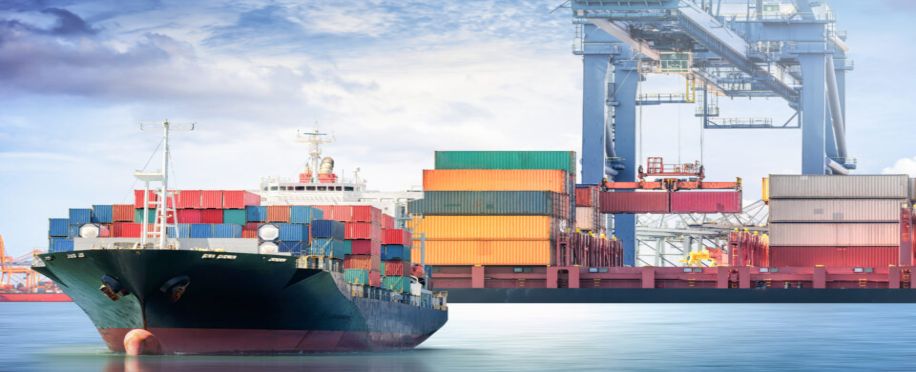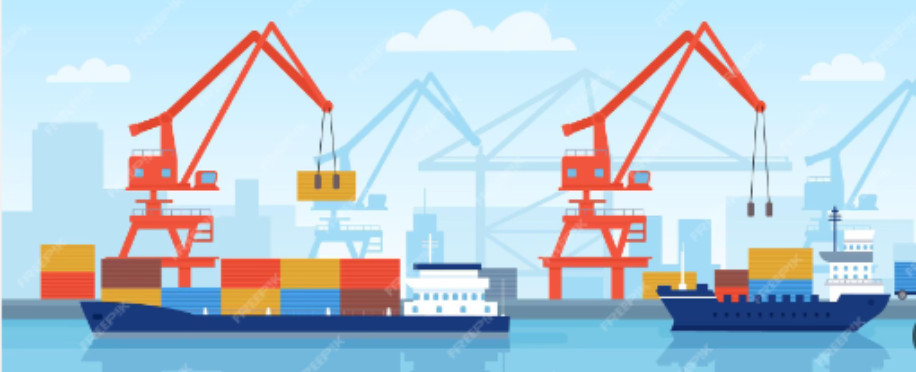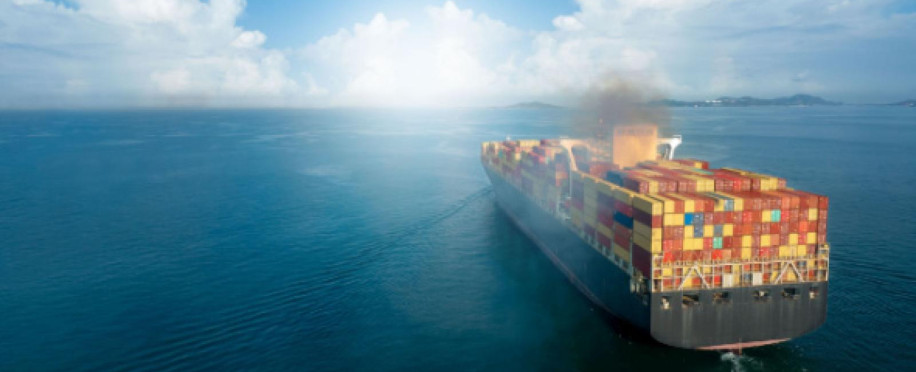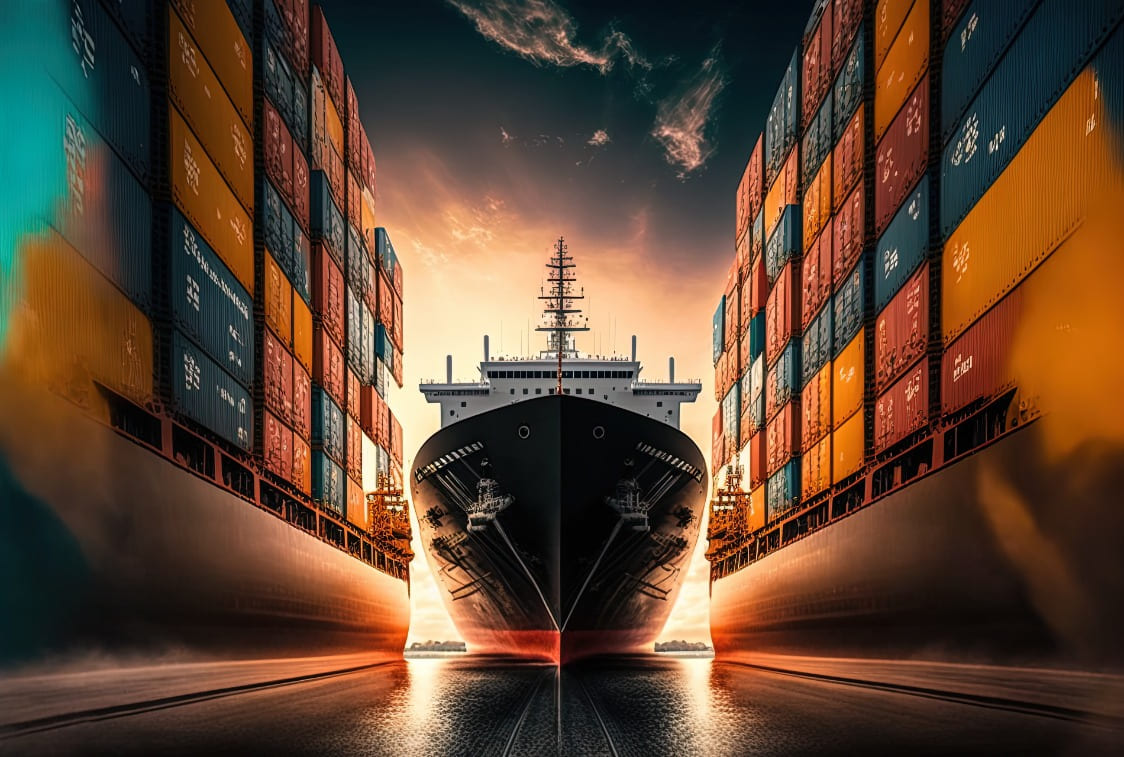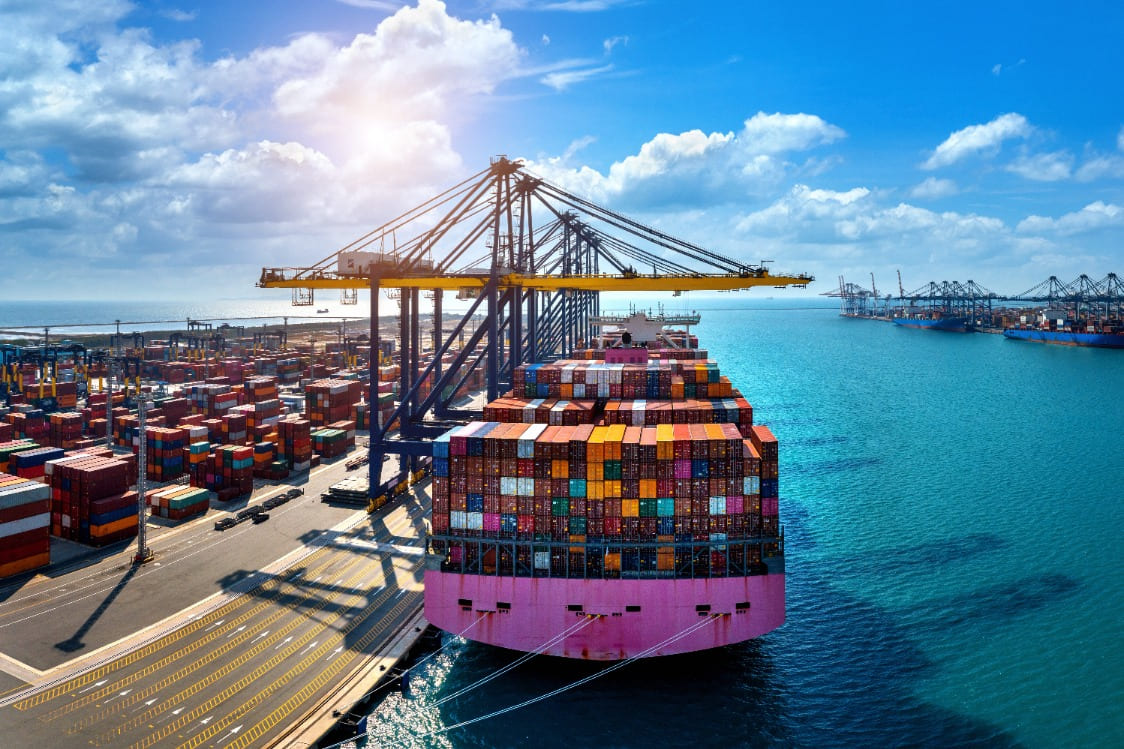How LNG Ships Work: A Deep Dive into Their Technology and Operations
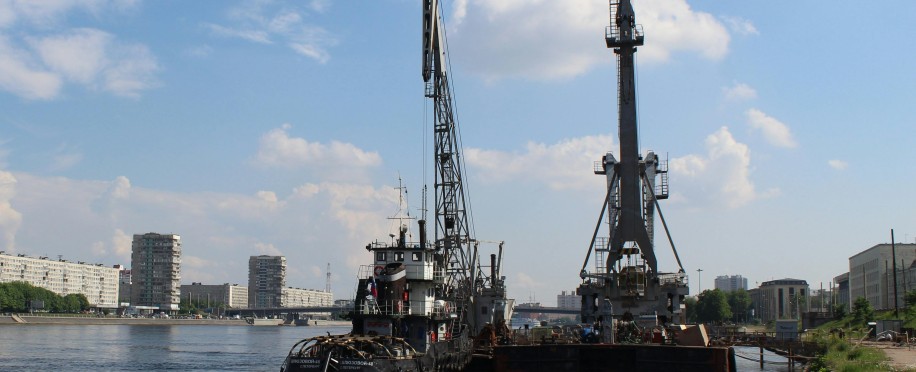
Posted on Feb 18, 2025 at 08:02 PM
The gas shipping industry is undergoing a fundamental transformation as the need for more efficient and secure solutions for transporting liquefied natural gas (LNG) grows. As global markets seek to reduce their reliance on fossil fuels, LNG ships have become an essential component of maritime trade, making it imperative for companies and professionals to understand the specialized and functional dimensions of these advanced vessels.
But with the increasing demand for reliable and efficient logistics solutions, LNG ships are emerging as a cornerstone of global natural gas supply chains, representing the most efficient option for delivering LNG over long distances. Therefore, understanding the operations of these vessels and the technologies used in them helps improve performance and enhance marine security standards in Malaysia and beyond.
What Are LNG Ships?
Basically, LNG ships, also known as LNG carriers, are specifically designed to transport large quantities of LNG, not to mention that they feature advanced containment systems that keep the gas in its liquid state at temperatures of up to -162 degrees Celsius, which in turn allows for the safe and efficient transport of large quantities of natural gas.
LNG ships are powered by advanced propulsion systems, such as steam turbines powered by boil-off gas, or by the more fuel-efficient MEGI engines. These vessels are part of a growing worldwide fleet of hundreds of tankers, including floating storage and regasification units (FSRUs), which play a vital role in energy supplies.
When these vessels leave the loading ports, they travel across the oceans to the import facilities, where the LNG is discharged into land-based storage tanks or possibly regasified and pumped into pipeline networks to meet the needs of power plants and various industries. Thus, this process is delivered efficiently, with LNG carriers entering the market as a game-changer, offering the best class of service and becoming the preferred choice for energy transportation.
However, Port and shipping management courses are of great importance in enhancing the efficiency of loading and discharge operations, ensuring the smooth and safe operation of these vessels in different ports.
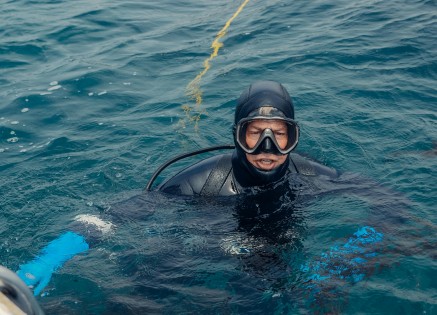
Types of LNG Ships
LNG ships can be categorized according to a variety of technical and operational factors, and the list consists of different categories that cover various design and security requirements, including the practical aspects of LNG ships:
By Pressure Level
- Fully pressurized tankers
- Semi-pressurized and refrigerated tankers
- Fully refrigerated tankers
By Cargo Hazard Level
- Type 1G: Designed for the transportation of the most hazardous cargo
- Type 2G and 2PG: Suitable for medium-hazardous materials
- Type 3G: Used for less hazardous cargo
By Containment System
- Independent Tanks (not part of the hull):
- Type A tanks: Feature a secondary barrier for leak protection
- Type B tanks: Includes Moss spherical tanks and IHI SPB tanks
- Type C tanks: High-pressure operation with no secondary barrier
- Integrated Tanks (part of the hull)
- GTT Mark III: Equipped with a primary stainless steel liner
- GTT 96: Uses Invar alloys with enhanced insulation
So, these systems have evolved over decades, enhancing capacity, security, and transportation performance. Shipping management takes a key role in providing environmental solutions, making a significant impact on the LNG market.
How do LNG carriers work?
Loading at export terminals
The loading operation relies on sophisticated cryogenic pumps, thus ensuring strong reliability and precise scale. Here, the operator remains focused on comprehensive coordination with terminal officials to achieve efficient progress in building and operating unique LNG vessel systems.
Transportation by sea
During transit, LNG carrier vessels, built with leading contentment systems, maintain gas temperature stability and prevent leaks. Providing highly efficient solutions, these international designs take advantage of advanced systems, supporting the rise of a fuelled economy with tanks measuring thousands of cubic meters. Among the technologies used are:
- Double membrane structures in GTT Mark III and GTT 96 tanks
- Inert gas protection (e.g., nitrogen) to prevent gas exposure
- Secondary barrier solutions in Type A and B tanks
Advanced monitoring systems track systemic conditions, allowing for real-time adjustments to enhance efficiency.
Unloading and vaporization
Here upon arrival at the import terminal, LNG shipment is transferred via submersible pumps, then converted to its gaseous state through vaporization. In Singapore and North Asia, ship-to-ship transfers operate with a clear purpose, ensuring efficient handling by the crew while preventing drifting and doubling costs. Their experience in managing water transport keeps operations light and effective.
Eventually
LNG ships are at the forefront of the global power sources transition, with companies like Mitsui O.S.K. Lines (MOL) and Seaspan pioneering advanced solutions for fuel efficiency and safety. The continued growth of the LNG seaborne sector underscores the importance of expert knowledge in shipbuilding, management, and operations.
So, as the world’s largest LNG markets continue to expand, investment in modern ship designs, efficient propulsion systems, and safety-enhancing technologies will play a pivotal role in shaping the future of LNG transportation.
